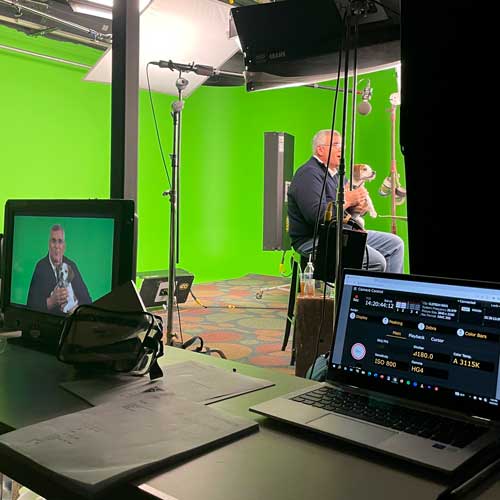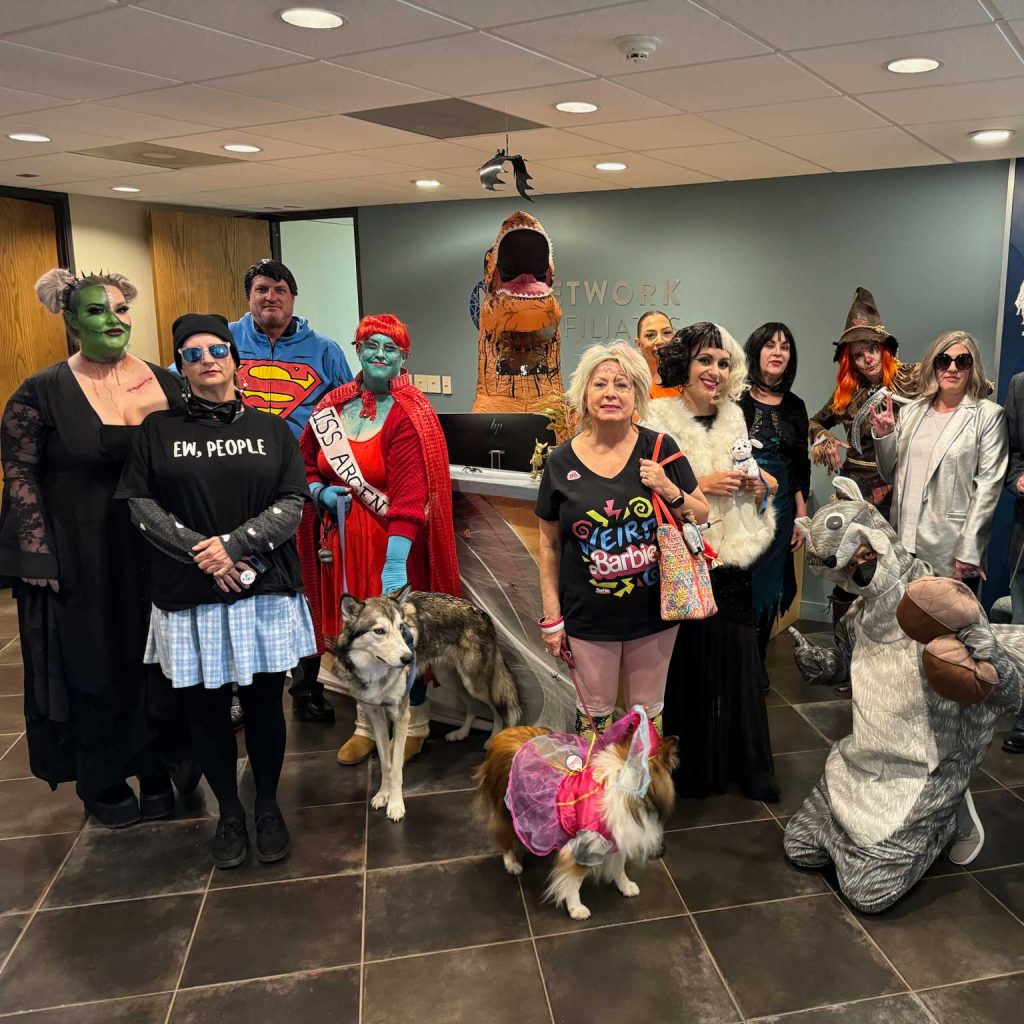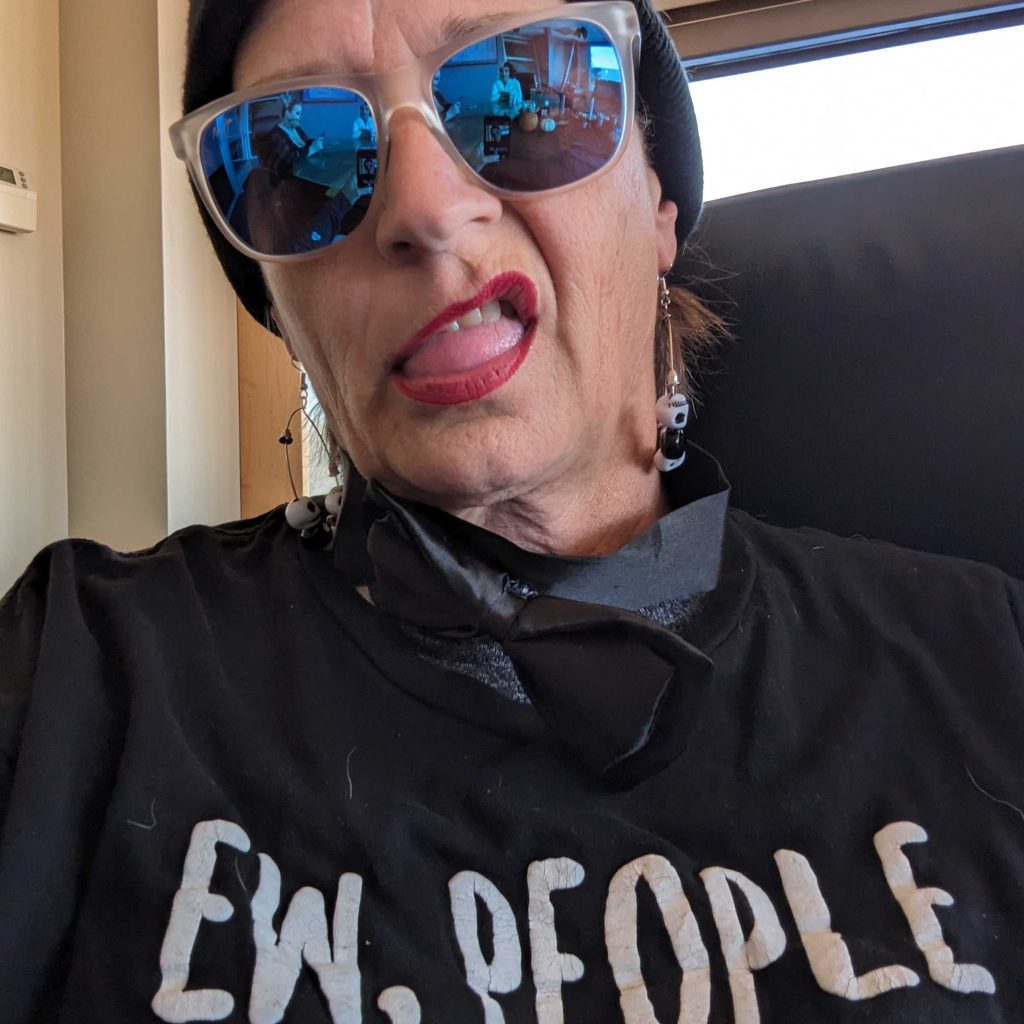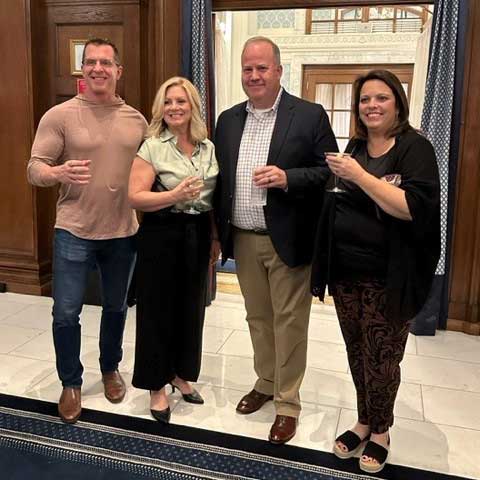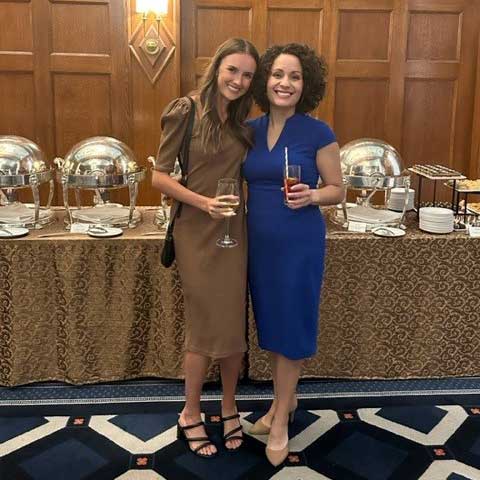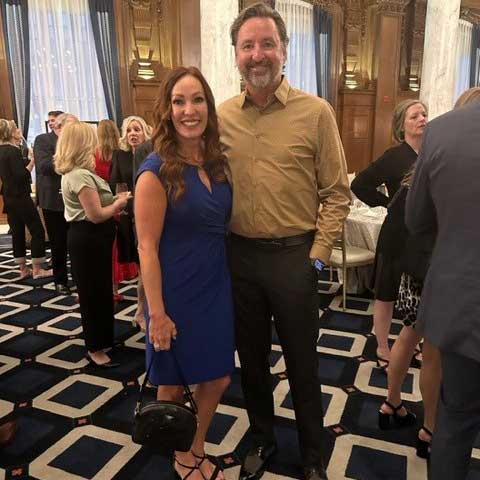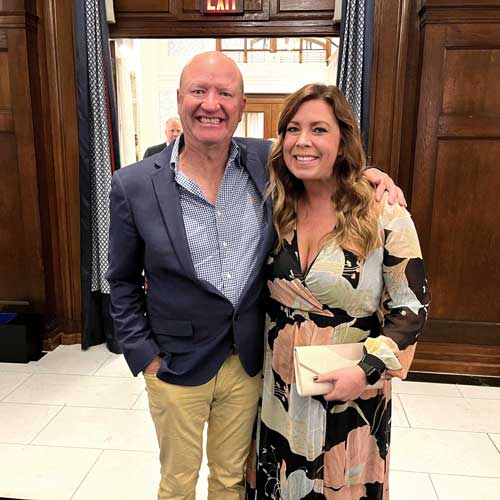The world of legal advertising is often synonymous with facts, figures, and fine print. But it can be so much more than that! To capture your audience’s attention, it’s critical that you include messaging that captivates, engages, and leaves a lasting impression on your audience. Using dramatic elements can help you do just that.
- Commercials that are dramatic engage viewers by tapping into emotions such as empathy, tension and excitement, making your brand more memorable.
- Drama allows for a unique kind of storytelling and narrative arc which can immediately capture people’s attention and investment in what they’re seeing.
- Because of this storytelling structure of conflict and resolution, audiences are more likely to stick with the commercial to see how the messaging resolves itself. In this context, that would be hearing from you.
- Studies show that emotional connections can lead to a deeper understanding of the message. When you resolve the drama at the end of the commercial, viewers see you as a problem solver in their minds.
- When we create longer format dramatic pieces there is an additional opportunity for exposure, such as through sharing the full stories on your website and parsing out the story via social media.
When we create dramatic campaigns, we walk a very tight rope, and there’s a fine line that we are very careful not to cross. This is another reason why we keep reinforcing that a well-rounded, strategic creative approach is essential. Executed with thoughtfulness and inclusiveness, your advertising strategy will educate, inspire, and touch the very core of all human emotions.
Let Network Affiliates’ targeted results captivate you! Give us a call at 800-525-3332 and ask for Tammy Kehe! Network Affiliates… where collaboration and creativity redefine legal advertising.








